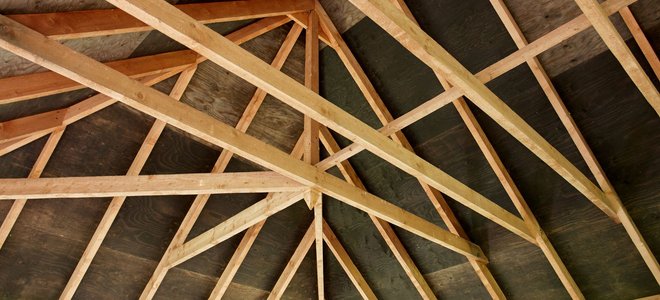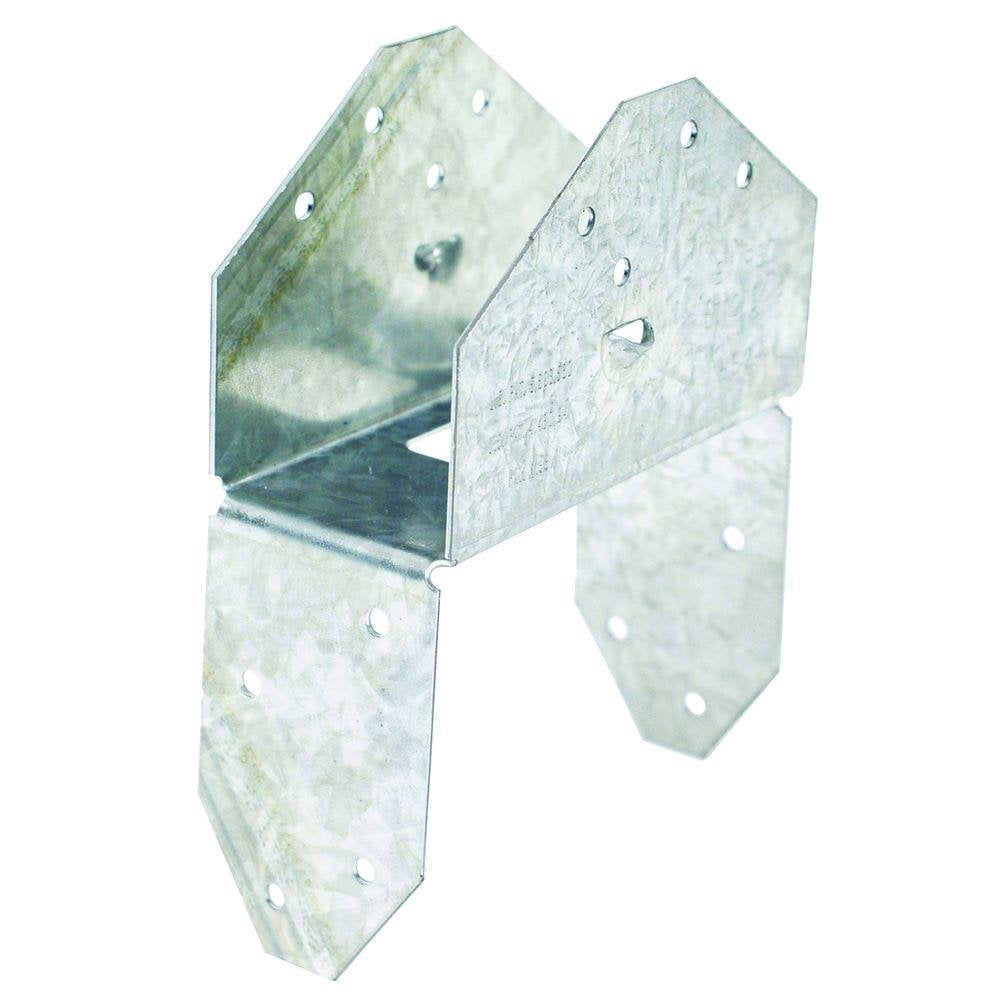
Note: All allowable loads listed are for S-P-F (Spruce-Pine-Fir).
RAFTER TIES INSTALL
Instead, install them diagonally across from each other. If your garage is 24 feet wide and has a 4/12 roof, the new rafter ties can be placed no more than 16 inches up from the plate without additional engineering. Specialties: An Actual Florist and Garden Center with Real Flowers - Since 1935 Baldwin Greenhouse has been serving. Doing so may cause damages in the wood and risks collision of the nails.

NOTE: Depending on pitch, birds-mouth notching may be required with some models to enable installers to fill all nail holes.Ĭaution: Do not install Hurricane ties into both sides of a given truss, rafter, or joist. This is done to resist uplift and lateral forces, such as those that come from a hurricane or severe storm. The almost vertical down braces connect the tie beams with the. The collar ties are there as they should be on the upper third every 4 ( maybe. These tie beams are connected with rafters with a length of about 12.50 m, which are supported by two rows of collar beams. Install 316 hurricane ties with only 316 stainless steel joist nails to maintain the manufacturer's warrantyĪn H2.5 Hurricane Tie, also known as a rafter or truss tie, is used for deck or roof framing to secure rafters, trusses, or joists to the wood framework. The front half of the roof, the rafters are perpendicular to the ceiling joists. (1) ceiling joists and collar ties of not less than 38 mm by 89 mm lumber are permitted to be assumed to provide intermediate support to reduce the span for.316 Stainless Steel: ideal for applications in severe, harsh, or marine/saltwater environments.H2.5 ties are installed by connecting the two pieces of lumber, securing them together.Holds the rafter or truss on both sides for high lateral load resistance. This U-shaped hurricane tie provides faster installation than using two single-sided ties. The H1 is designed for nominal 2x lumber. This is done to resist uplift and lateral forces, such as those that come from a hurricane or severe storm Simpson Strong-Tie hurricane ties are designed to resist high winds and seismic. Simpson Strong-Tie hurricane ties are designed to resist high winds and seismic forces by positively connecting trusses/rafters to the top of wall of the structure.

H2.5 Hurricane Ties are installed across two different pieces of wood: the top plate or wall plate and a rafter.


 0 kommentar(er)
0 kommentar(er)
